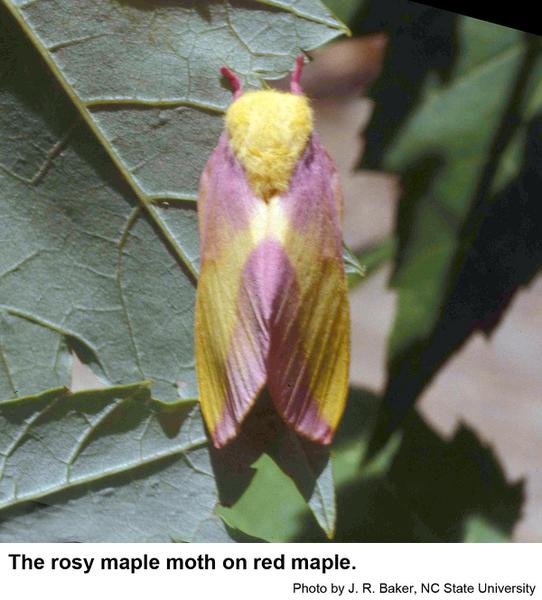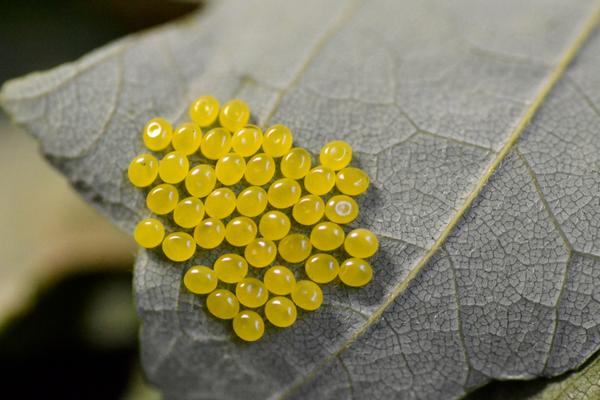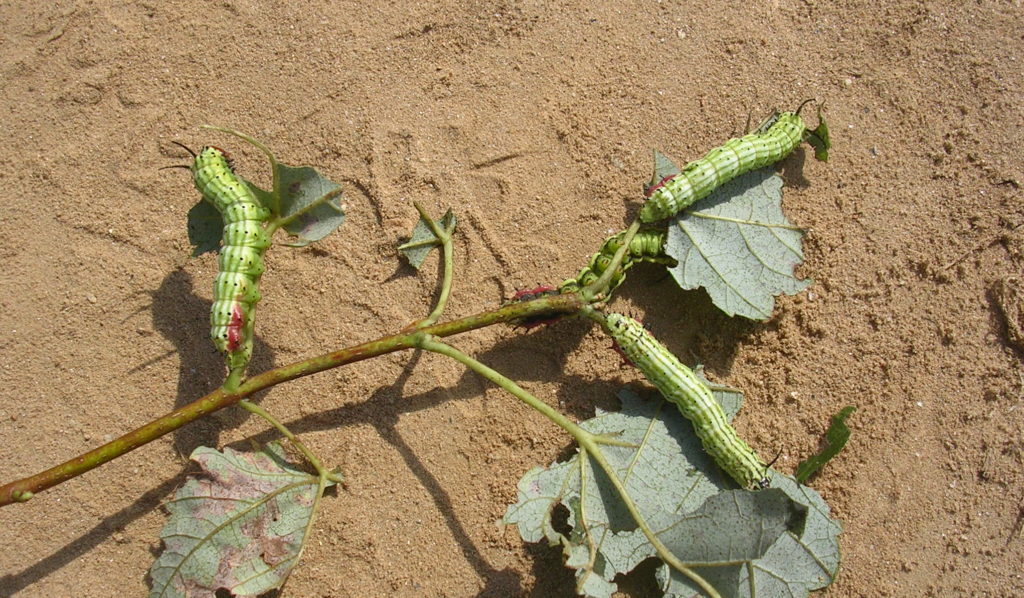Prepare for Greenstripped Mapleworms
go.ncsu.edu/readext?686474
en Español / em Português
El inglés es el idioma de control de esta página. En la medida en que haya algún conflicto entre la traducción al inglés y la traducción, el inglés prevalece.
Al hacer clic en el enlace de traducción se activa un servicio de traducción gratuito para convertir la página al español. Al igual que con cualquier traducción por Internet, la conversión no es sensible al contexto y puede que no traduzca el texto en su significado original. NC State Extension no garantiza la exactitud del texto traducido. Por favor, tenga en cuenta que algunas aplicaciones y/o servicios pueden no funcionar como se espera cuando se traducen.
Português
Inglês é o idioma de controle desta página. Na medida que haja algum conflito entre o texto original em Inglês e a tradução, o Inglês prevalece.
Ao clicar no link de tradução, um serviço gratuito de tradução será ativado para converter a página para o Português. Como em qualquer tradução pela internet, a conversão não é sensivel ao contexto e pode não ocorrer a tradução para o significado orginal. O serviço de Extensão da Carolina do Norte (NC State Extension) não garante a exatidão do texto traduzido. Por favor, observe que algumas funções ou serviços podem não funcionar como esperado após a tradução.
English
English is the controlling language of this page. To the extent there is any conflict between the English text and the translation, English controls.
Clicking on the translation link activates a free translation service to convert the page to Spanish. As with any Internet translation, the conversion is not context-sensitive and may not translate the text to its original meaning. NC State Extension does not guarantee the accuracy of the translated text. Please note that some applications and/or services may not function as expected when translated.
Collapse ▲I got reports of rosy maple moths spotted around lights over the weekend. These beautiful moths are the adult form of greenstripped mapleworms which feed on maples each summer. They are many caterpillar pests of landscape and nursery trees.
The greenstriped mapleworm, Dryocampa rubicunda, is found throughout the Eastern United States and Canada. Maples are its preferred hosts and the most common hosts in many landscapes. In North Carolina, moths emerge from their pupae in late April or early May. The moths deposit yellow eggs on the underside of leaves.
The larvae have red or black heads, pale-green bodies with seven dark-green longitudinal stripes. There are two prominent horns on the second thoracic segment, two rows of short spines on the side of the body, and four larger spines on the terminal abdominal segments. Full-grown larvae can reach 40 mm in length.
Large populations of mapleworms can defoliate trees if unnoticed or without proper management. Rarely will the tree suffer long term damage but loss in growth and branch dieback may occur if the same tree is defoliated several consecutive years.
You can scout for eggs by examining the underside of leaves for egg masses and removing those leaves to reduce tree damage. Surveying tree canopies for leaf defoliation is one of the best ways to catch an infestation after egg hatch. Once they hatch larvae start feeding gregariously so you can find infested branches that have all the larvae from a single egg mass. Prune that branch and your pests are gone. Older larvae spread out to find more leaves but by that point you will notice obvious defoliation if many larvae are present. Also look for frass on the ground beneath trees.
Insecticides labeled for caterpillars are available in the Southeastern Pest Control Guide for Nursery Crops and Landscape Plantings.





